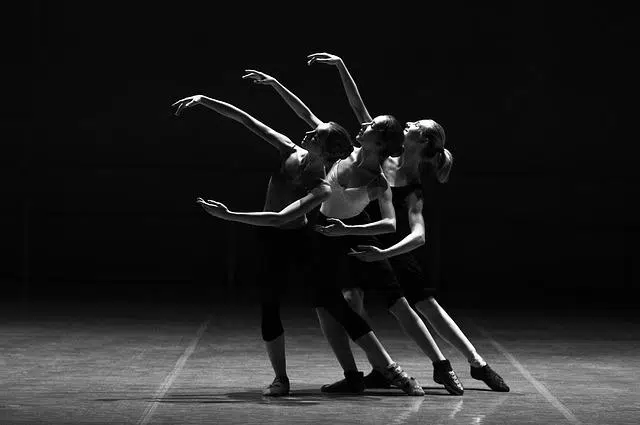
Ballet requires great control of the body.
Ballet is a classical dance whose performance takes place in a group on stage. The concept, of French origin according to what is indicated in the dictionary of the Royal Spanish Academy ( RAE ), is also used to name the company of dancers and the music composed for this type of dance.
In its classical format, ballet requires the dancer to have complete control of his or her body. That is why experts suggest that potential dancers learn ballet at an early age (from the age of six) because, otherwise, it will be very difficult for them to control their movements with the level of precision that this dance demands.
Ballet and body control
Due to the effort required to perfect it and the ability to concentrate required to execute the steps, it is common for ballet to be considered a way of life for those who practice it. The challenge is to ensure that, on stage, all the muscles and parts of the body move in absolute harmony, something that requires a lot of rehearsal and training.
Ballet dancers, for example, must be able to move on the tips of their toes . For this they have special shoes, although the essential thing is that they develop enormous strength in the calf and foot muscles.
One of the benefits of ballet is the profound development of all the muscles of the body, in addition to the enhancement of temporal and spatial awareness that comes from years of training. Dancers are especially slender people and their movements are usually very coordinated, even while performing everyday activities. Additionally, the flexibility gained from practice is not lost into adulthood.

Ballet dancers can move on the balls of their feet.
Famous composers and dancers
Among the most famous composers of ballet music are Pyotr Ilyich Tchaikovsky (1840-1893), Igor Stravinsky (1882-1971) and Richard Strauss (1864-1949). Of the group of dancers it is possible to highlight Rudolf Nuréyev , Julio Bocca and Mijaíl Barýshnikov .
This art, of great sophistication and elegance that provokes a certain respect when mentioning its name, originated in the royal courts at the beginning of the 17th century . In its original form, dancers were required to wear wooden clogs and long skirts; As well as certain technical issues related to training, clothing has evolved, although the essence of ballet remains intact.
One of the fundamental points of practicing any sport or physical discipline is the warm-up: dancers must respect the previous exercises without exception, to avoid injuries of varying severity. Before each session, therefore, it is mandatory to stretch the muscles for a minimum of ten minutes; Likewise, at the end it is necessary to make complementary movements to adapt the body to normal actions, such as walking.
Ballet shoes and clothing
Ballet shoes are iconic of this art, and must be worn throughout the practice. There are different types and styles, which is why it is recommended to ask an expert for advice. Regarding size, we must choose the tightest ones but avoid cutting off circulation to the feet . In short, the difficulty of ballet can already be seen when purchasing footwear.
It is also important to dress appropriately for training. In this case, the clothes should be tight but comfortable; It is not advisable to dance in loose clothing, since it is necessary to be able to visualize the position of each part of the body in front of the mirror at all times. This last element, the mirror, is perhaps the dancer's eternal companion, since in ballet the goal is to achieve perfection , something that can only be pursued by refining the steps every day.
